7 things the rumored Canon EOS R100 needs to beat the Nikon Z30
Our Z30-beating wishlist for Canon's rumored vlogging camera
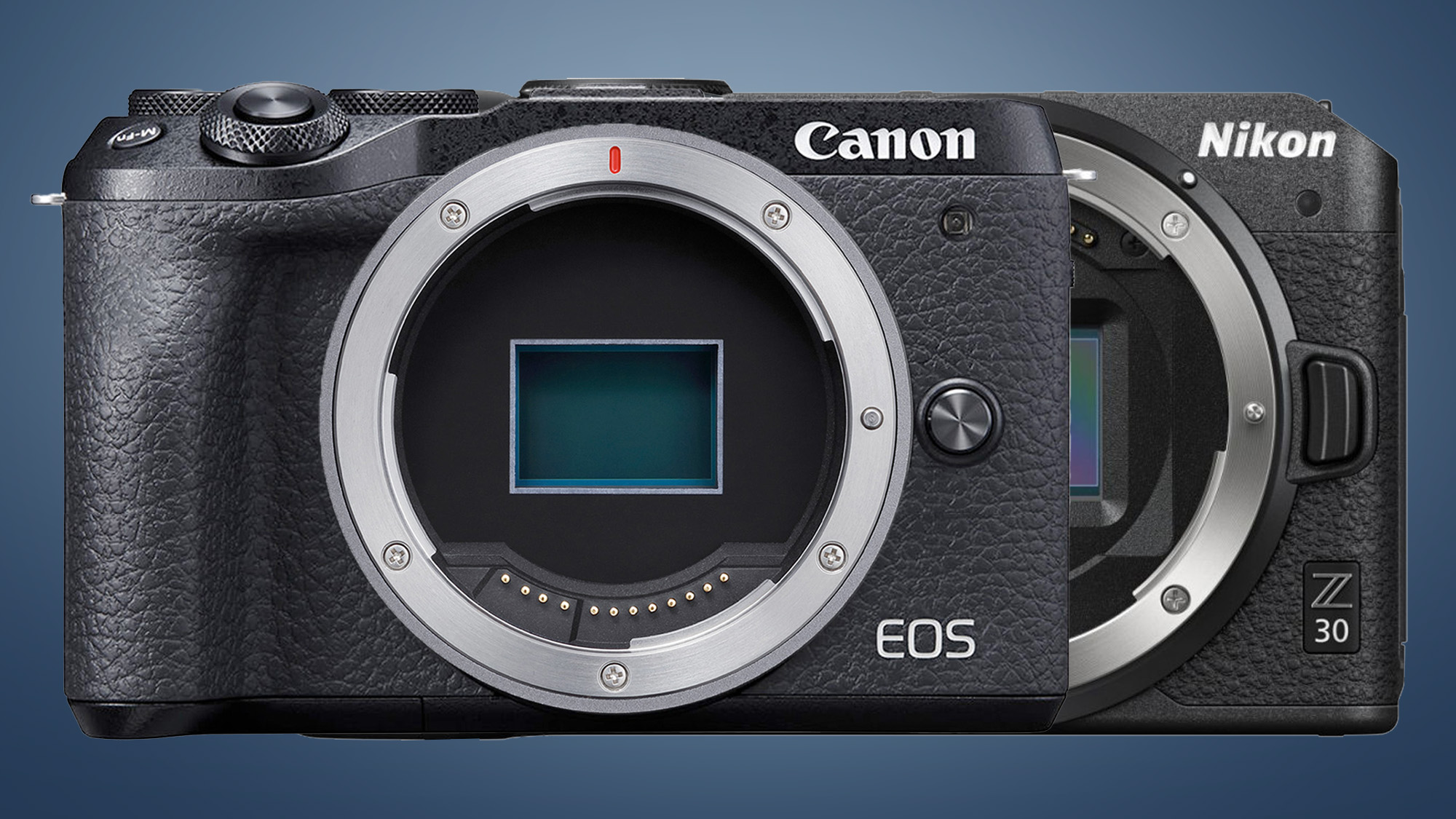
The new Nikon Z30 vlogging camera has only just landed and we're already hearing rumors that Canon's preparing to launch its own rival, possibly called the Canon EOS R100.
Our Nikon Z30 review found that camera to be a charming effort with a great price tag and a few weakness. Which got us thinking – what features would the rumored EOS R100 need to beat the Z30 at its vlogging game and become one of the best 4K cameras you can buy?
The reliable Canon Rumors is certainly confident that a Nikon Z30-rival is en route. It recently claimed that "Canon's next RF-mount camera is in the field" and will be announced "before November 2022". Like the Nikon Z30, it's expected to have an APS-C sensor be "a small form-factor vlogger" camera.

That sounds like a compelling proposition on paper, but we've been here before with Canon – and its more affordable APS-C cameras, like the Canon EOS M50 Mark II, have traditionally had frustrating video limitations.
So based on our time with the Nikon Z30, what's our best-case scenario wishlist for the rumored Canon EOS R100 (if that's what it's ultimately called)? Here's where we think the Z30 falls slightly short, and where Canon's rival could trump it to win the hearts of YouTubers and vloggers.
1. An aggressive price tag
First up is price, with the rumored EOS R100 likely to become the cheapest Canon EOS R series camera available. But it'll need to match the Z30 and that's a tough ask because Nikon prices all its mirrorless cameras aggressively.
The Nikon Z30 is the cheapest of its own APS-C bunch at $707 / £699 (body only). More sensibly for content creator newbies, there's a kit with the 16-50mm f/3.5-6.3 lens for $847 / £839 / AU$1,299, or a $995 / £879 vlogging kit that adds a tripod grip, wind muff and remote to the mix.
Sign up for breaking news, reviews, opinion, top tech deals, and more.
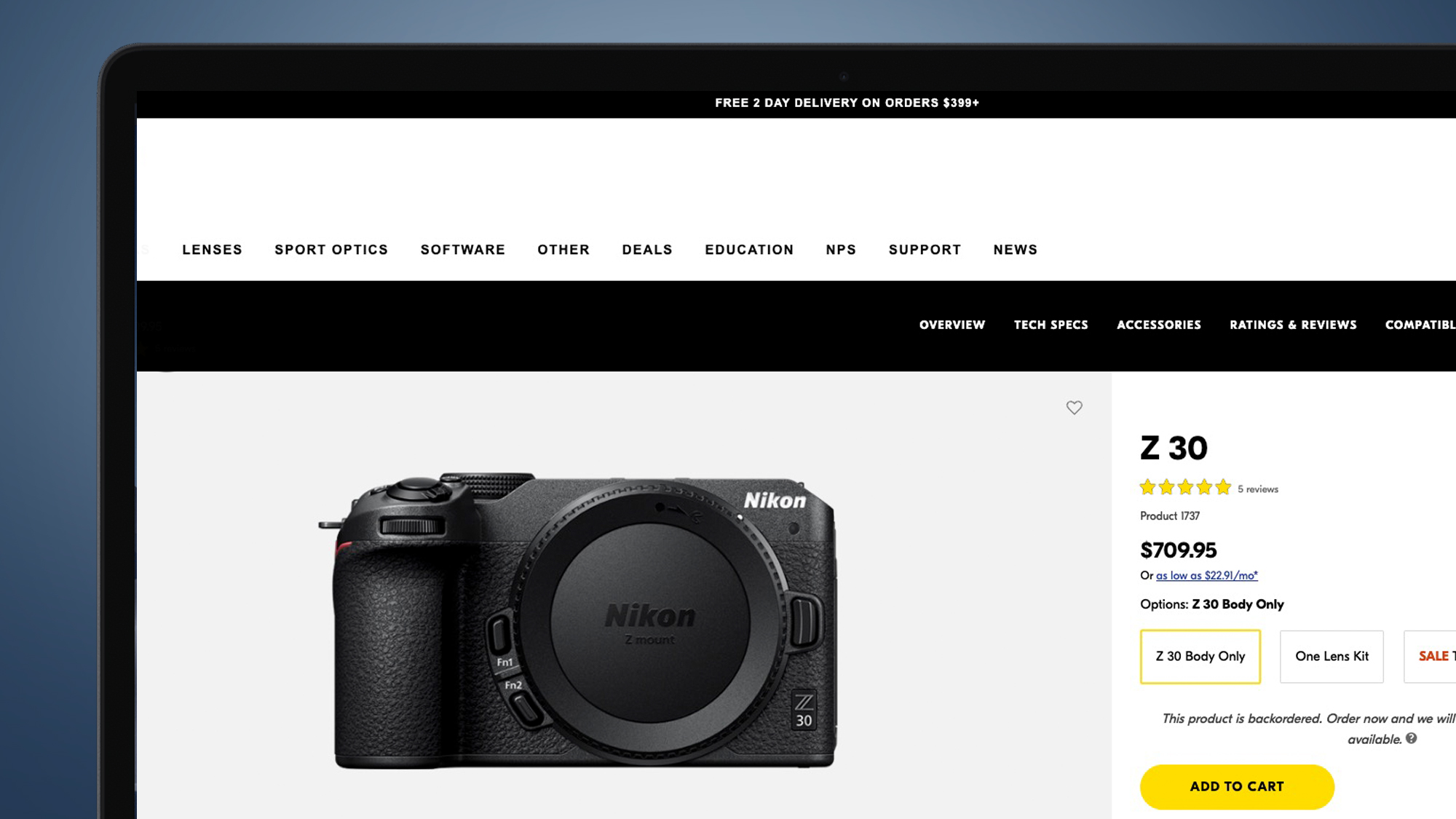
Given beginners aren't known for purchasing multiple lenses, Nikon has wisely smashed it out the park with an excellent kit lens – it's compact, collapsible, gives a wide angle of view and surprisingly sharp image quality from centre to edges.
It already looks like the wider-angle Nikon lens has the edge for vlogging over Canon's 18-45mm f/4.5-6.3 kit lens, so Canon will need to come up trumps with a vlogging kit and new ultra-wide lens, especially when most beginners are not brand loyal or might look to upgrade their smartphone instead.
2. Good handling
One reason why the Nikon Z30 is cheaper than the Nikon Z50 and Z fc is that it doesn't include a costly built-in viewfinder. We can expect the EOS R100 to follow suit and be the first viewfinder-less EOS R camera. After all, content creators mostly use video, for which a viewfinder is largely superfluous.
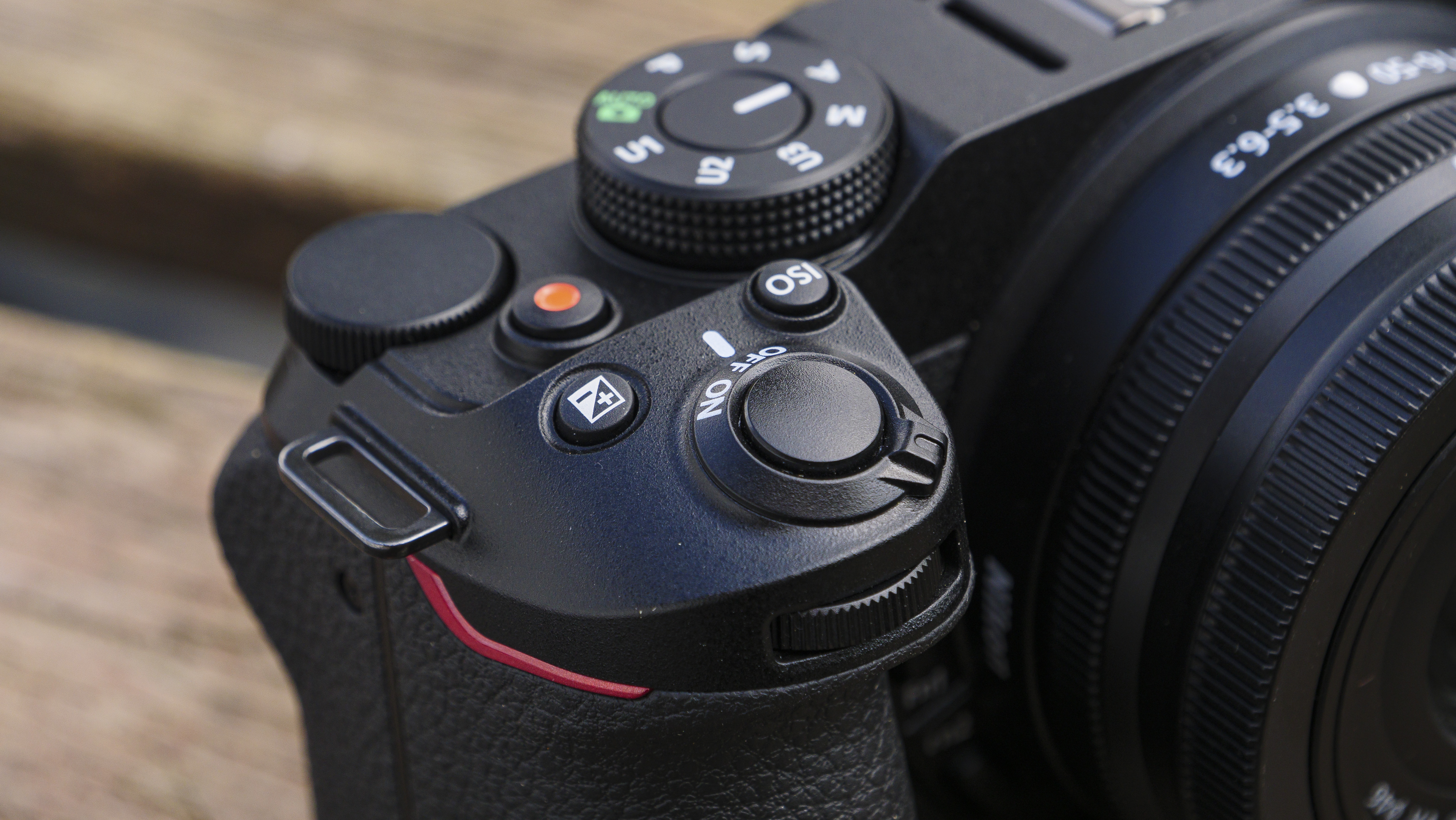
Still, while reviewing the Z30 we did miss a viewfinder when taking photos in bright light and Nikon doesn't have an optional unit. Could Canon pip Nikon by including a hotshoe in the EOS R100 and launching a compatible EVF pronto?
What you also get in a viewfinder-less camera is a lightweight build and streamlined form factor, making it easy to hold for long run-and-gun shoots. The Z30 has a generous and comfortable handgrip which will be hard to beat, plus it has a vari-angle screen and a tally lamp. It's a tough ask for Canon to make a camera that will handle better for vlogging, but we'd like to see it try.
3. Versatile color profiles
Most serious filmmakers shoot in some sort of Log profile in order to maximize the dynamic range of the camera's video. This is a flat color profile that then needs grading post-capture in order to tweak colors to taste. The Nikon Z30 doesn't actually have a log profile, so surely that's a mark off? Well, not necessarily.

The Z30's 'Flat' color profile is the closest that you get to 'log'. It is a good starting point for content creators who want the best of both worlds; maximizing the picture quality with an easy post-production workflow for enhancing colors. You also don't get the same ISO restrictions that you do when in a Log profile, which can cap sensitivity to a minimum ISO 400. Still, Canon could go one better in the EOS R100 by including an actual Log profile.
4. Powerful autofocus tracking
Historically, Canon's video autofocus performance in its mirrorless cameras is excellent. If the EOS R100 inherits the same autofocus power from the Canon EOS R7, then it's a shoo-in for better autofocus performance over the Z30, which is also bettered by the Sony ZV-E10 – a camera that features a nifty 'Product Showcase' autofocus mode.
For beginners, though, the Z30 autofocusing is still very capable for vlogging. You can largely keep the camera in its wide-area people tracking AF setting and you get sticky and reliable autofocus especially for tracking subjects. Video autofocus speeds can also be adjusted between slow and smooth transitions with those that are quick and snappy. This is the minimum that the Canon EOS R100 will need to trump its rival.
5. No video crops
Virtually all new cameras in 2022 shoot video at a 4K resolution. But not all 4K video is the same, especially at the beginner price point. For example, the Z30 impresses because it does not impose a crop for 4K video, taking information from the full width of the sensor. In the context of vlogging, it's a big win because creators can make the most of the wide-angle view of a lens without a crop limiting what the camera sees.
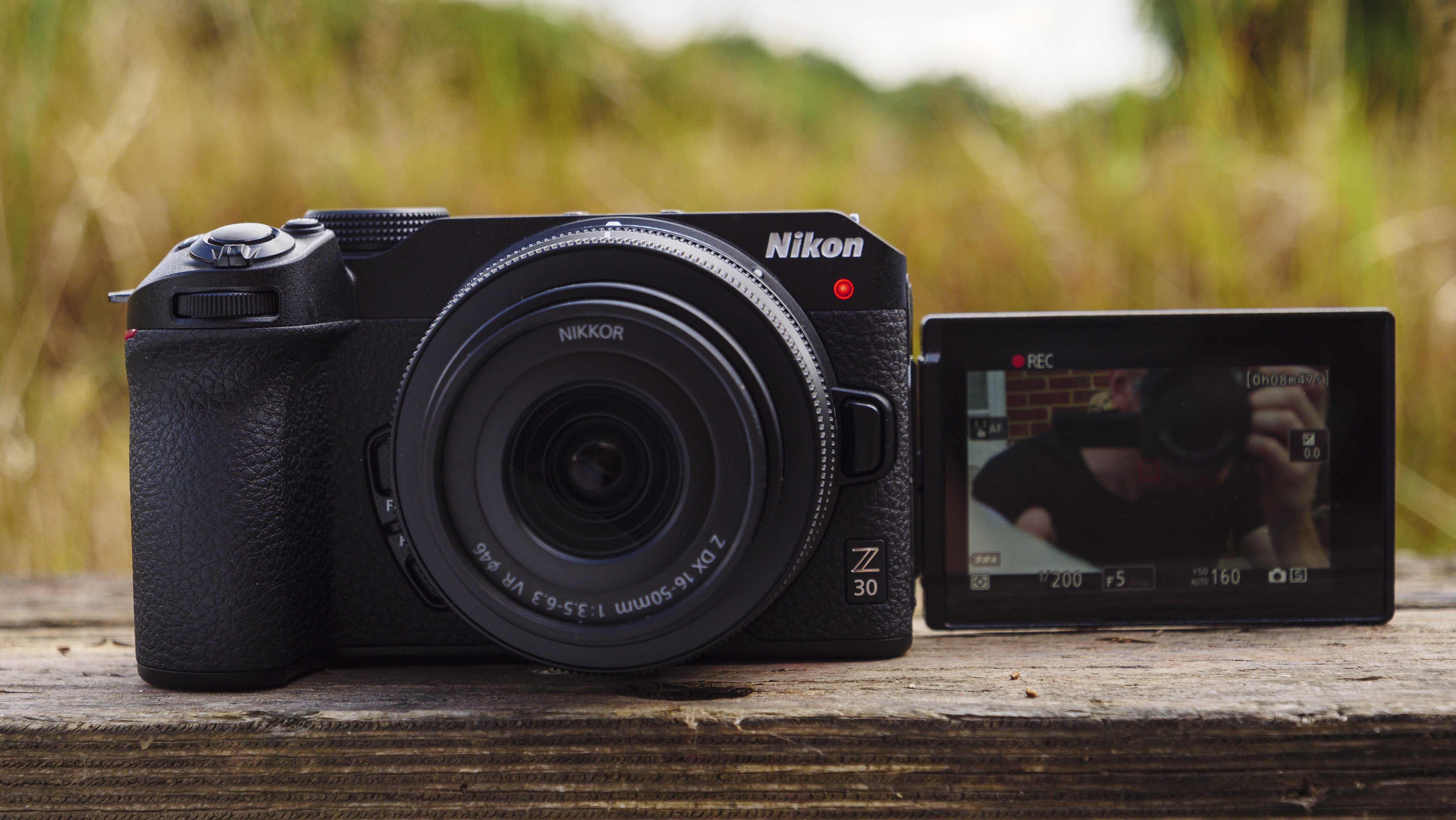
The only crop in the Z30 is when image stabilization (what Nikon calls 'electronic vibration reduction') is active. You'll need it for vlogging on the move because otherwise footage will be too shaky (without a gimbal). Canon could trump Nikon especially for run-and-gun vlogging by including sensor-shift image stabilization, which does not incur a crop.
This is unlikely, though, because the EOS R10 doesn't have image stabilization for video. The more likely scenario is electronic stabilization – and who knows, perhaps a take on the Sony ZV-E10's ability to store gyro data, which can then be used to boost image stabilization in its Catalyst Browse software.
6. Sound monitoring
Sound monitoring is an obvious area that the EOS R100 could beat the Z30. We feel Nikon made a big miss by not including a headphone jack in the Z30 to monitor sound.
What's more, in the Z30's selfie mode the on-screen audio levels are switched off, so you can't even see if the Z30 audio is clipping or is too quiet. Canon could go one or even two better in the rumored EOS R100 by including a headphone jack and audio level displays in selfie mode.
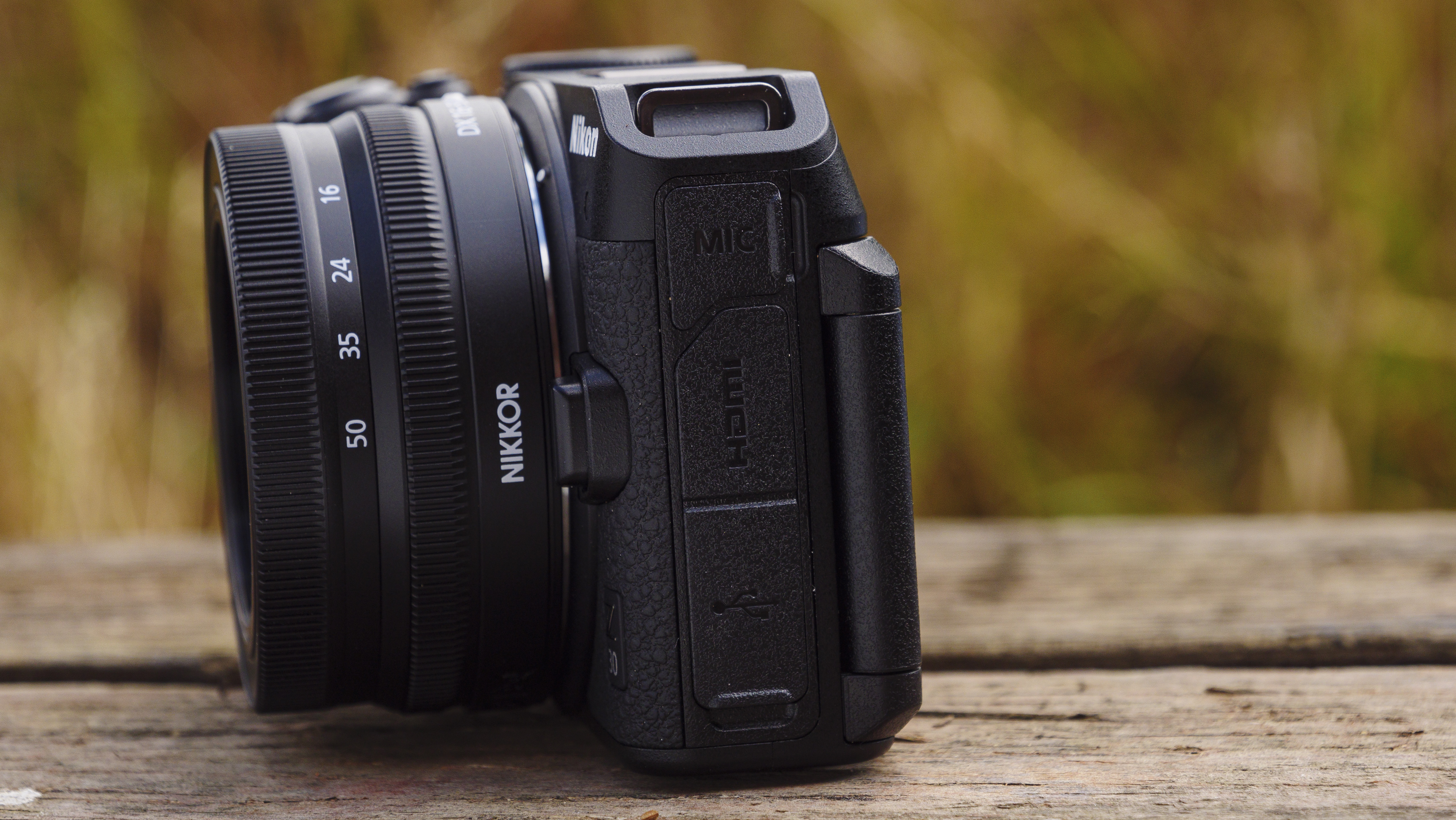
In its defense, the Z30 does include a mic input plus its in-camera stereo mics do a reasonable job if the surrounding environment is quiet. For most content creator beginners who are unlikely to demand studio-quality audio, the Z30 is enough without needing to monitor sound in the first place. But this is a potential easy win for Canon.
7. More lenses
That excellent kit lens aside, Nikon's fledgling APS-C mirrorless lenses (a format that Nikon calls DX) number three in all. That's as many lenses as there are cameras, and that's for a three-year-old system. We are naturally cautious about camera systems with a ratio like this especially as the years pass. For vlogging the 16-50mm lens (24-75mm effective) is currently the only logical option, and run-and-gun vloggers would be better served with a lens that goes wider.
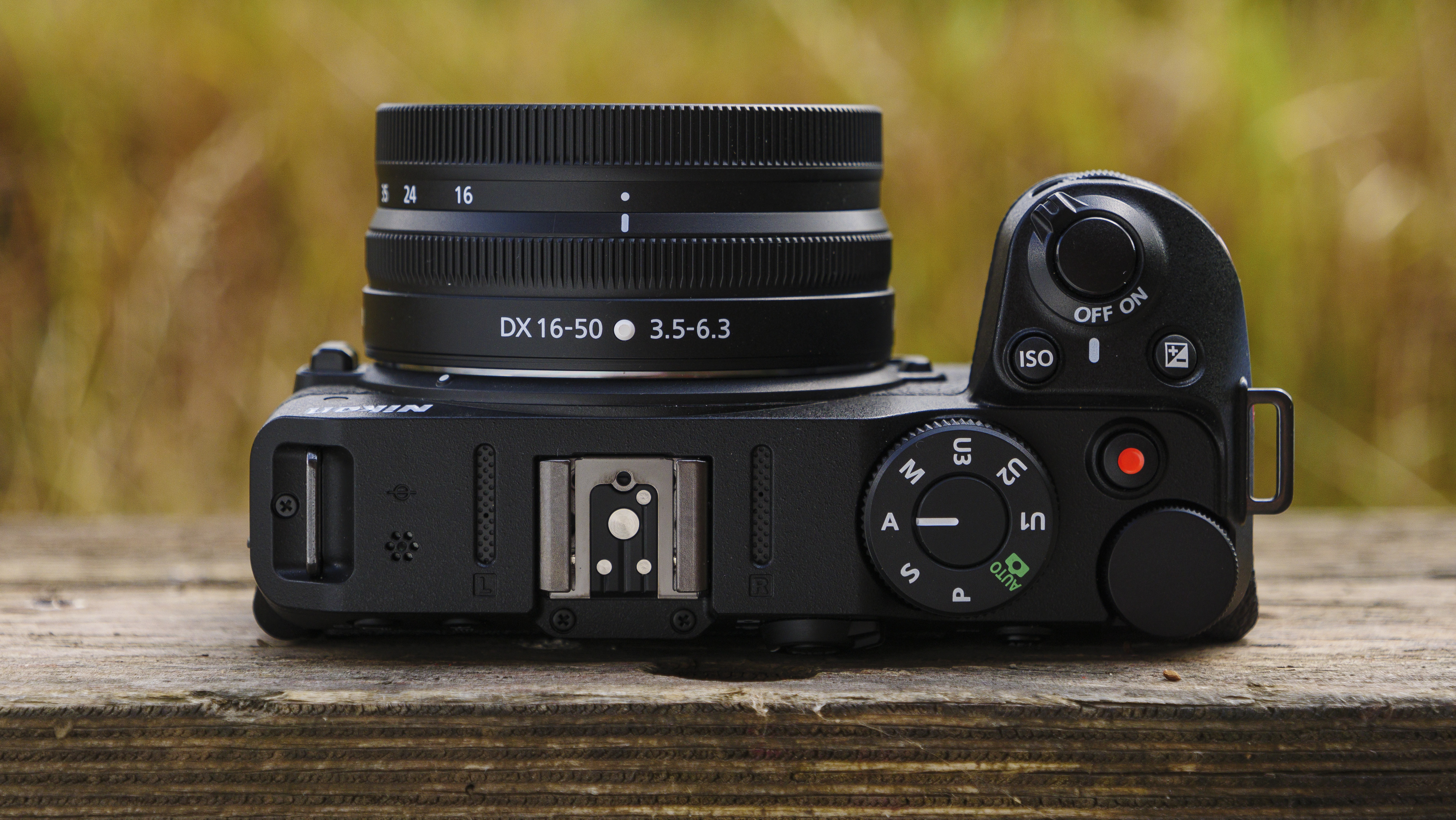
Canon is facing a similar issue, with its EOS RF-S system launching this year with two cameras (the EOS R7 and EOS R10) and only two native lenses. Could Canon ease concerns by filling out an RF-S lens line up at greater speed? The rumor mill seems to think so, with another five rumored lenses including an ultra-wide zoom lens and two fast aperture primes seemingly replacing Canon's dead-in-the-water EOS-M system.

Tim is the Cameras editor at TechRadar. He has enjoyed more than 15 years in the photo video industry with most of those in the world of tech journalism. During his time as Deputy Technical Editor with Amateur Photographer, as a freelancer and consequently editor at Tech Radar, Tim has developed a deeply technical knowledge and practical experience with cameras, educating others through news, reviews and features. He’s also worked in video production for Studio 44 with clients including Canon, and volunteers his spare time to consult a non-profit, diverse stories team based in Nairobi. Tim is curious, a keen creative, avid footballer and runner, and moderate flat white drinker who has lived in Kenya and believes we have much to enjoy and learn from each other.